NATURE
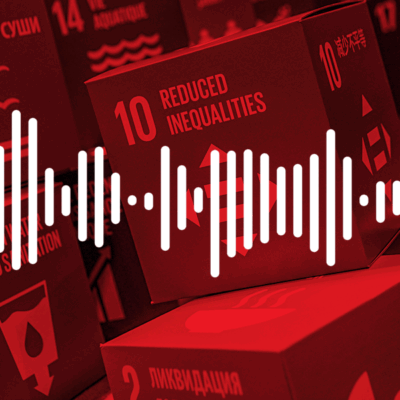
My mission to protect threatened mangroves
- By West virginia digital
- . September 26, 2024
Monica Contestabile 00:10 Hello. This is How to Save Humanity in 17 Goals, a podcast brought to you by Nature
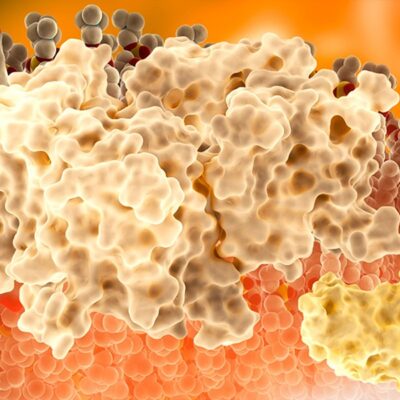
Revealing the most common cause of early-onset Alzheimer’s disease
- By West virginia digital
- . September 26, 2024
Tanzi, R. E. et al. Science 235, 880–884 (1987). Article PubMed Google Scholar St George-Hyslop, P. et al. Nature Genet.

2013: Genetic risk factors for Alzheimer’s uncovered by large meta-analysis
- By West virginia digital
- . September 26, 2024
Nature, Published online: 26 September 2024; doi:10.1038/d41586-024-02949-7 A study of nearly 75,000 people doubled the number of areas of the

1993: A major genetic risk factor for late-onset Alzheimer’s disease
- By West virginia digital
- . September 26, 2024
Nature, Published online: 26 September 2024; doi:10.1038/d41586-024-02885-6 The APOE gene, which codes for a fat-binding protein in the brain, is
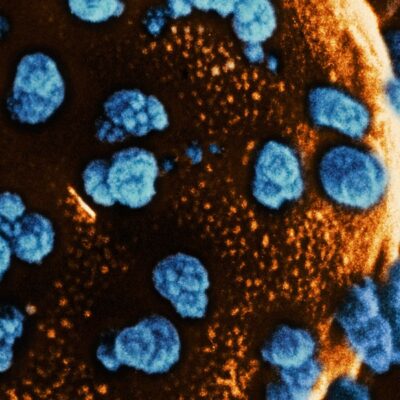
Stem cells reverse woman’s diabetes — a world first
- By West virginia digital
- . September 26, 2024
A woman with type 1 diabetes started producing insulin (blue) after a stem cell transplant.Credit: Lennart Nilsson, Boehringer Ingelheim International

Researchers in Hungary raise fears of brain drain after ‘body blow’ EU funding suspension
- By West virginia digital
- . September 26, 2024
Demonstrators in Hungary protest against the reorganization of the Hungarian Academy of Sciences in 2019.Credit: Szilard Koszticsak/AP/Alamy Researchers in Hungary
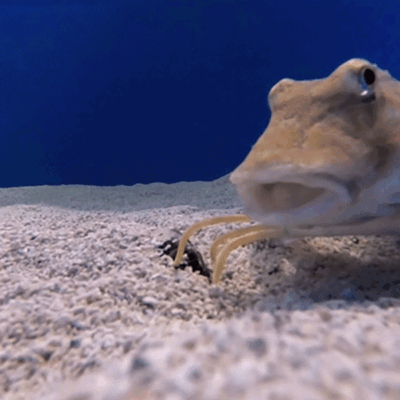
This fish’s legs are made for walking — and tasting the sea floor
- By West virginia digital
- . September 26, 2024
A northern sea robin (Prionotus carolinus) scurries across the sand on its six legs, which it also uses as shovels

1906: The dawn of Alzheimer’s disease
- By West virginia digital
- . September 26, 2024
Nature, Published online: 26 September 2024; doi:10.1038/d41586-024-02881-w A German physician’s study of a woman with memory loss and hallucinations marks
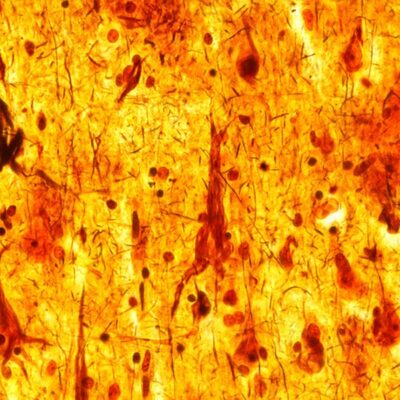
1985: Disentangling tau pathology
- By West virginia digital
- . September 26, 2024
Nature, Published online: 26 September 2024; doi:10.1038/d41586-024-02883-8 The protein tau is identified as the core component of neurofibrillary tangles —
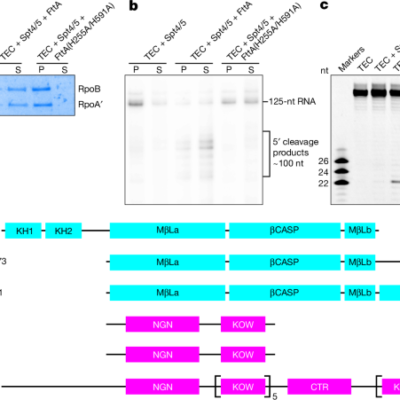
Structural basis of archaeal FttA-dependent transcription termination
- By West virginia digital
- . September 26, 2024
Sanders, T. et al. FttA is a CPSF73 homologue that terminates transcription in Archaea. Nat. Microbiol. 5, 545–553 (2020). Article

